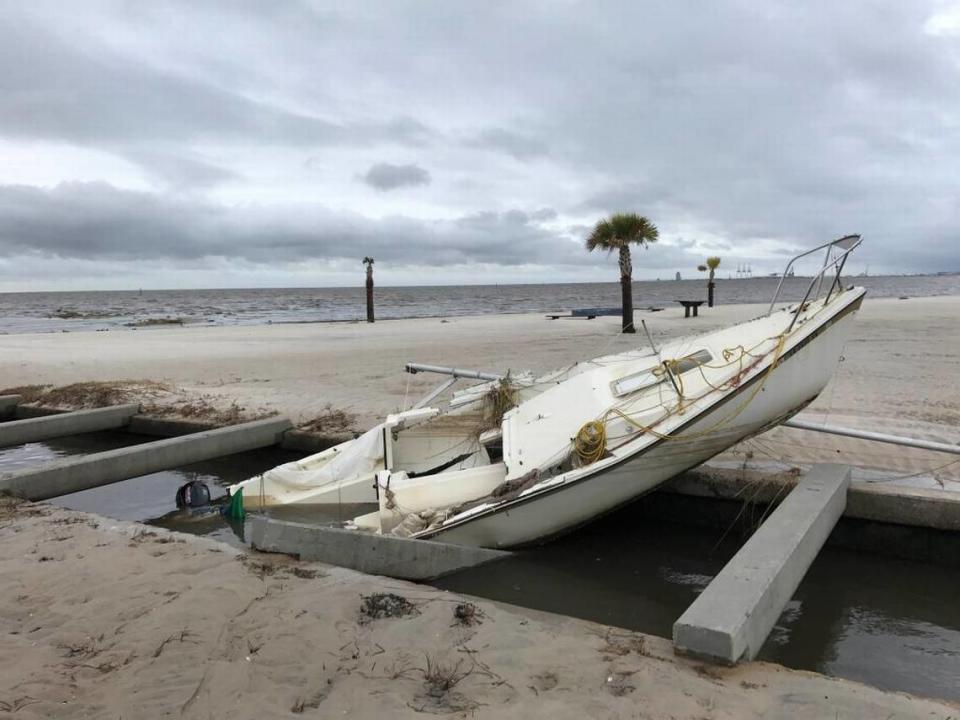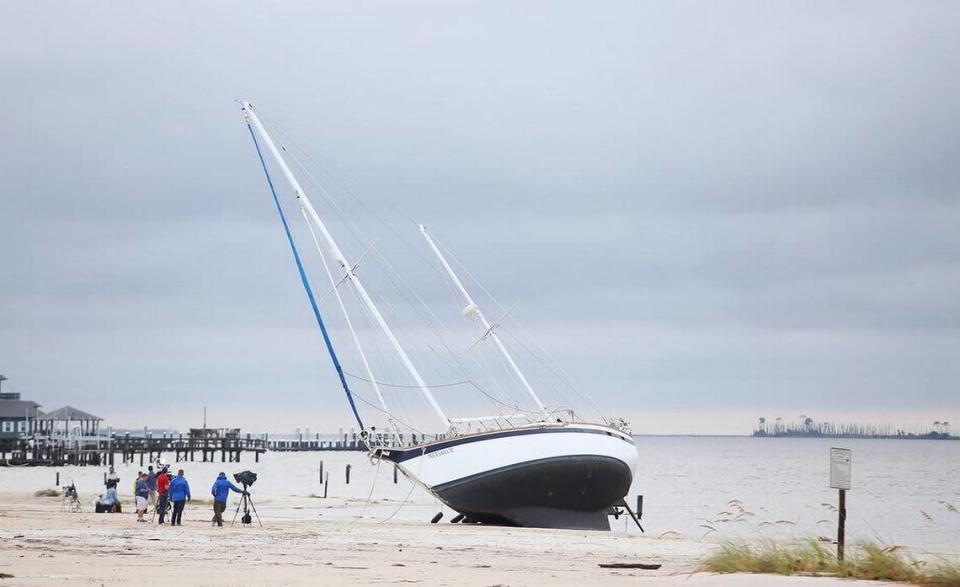Experts warn of ‘extremely active’ 2024 hurricane season, with return of La Niña
Hurricane researchers at Colorado State University are predicting an “extremely active” 2024 Atlantic hurricane season, citing warmer than normal temperatures in the Atlantic Ocean and the expected return of La Niña conditions.
Researchers said at the National Tropical Weather Conference on Thursday that they expect the coming season to include 23 named storms, including 11 hurricanes. Five of those hurricanes are expected to develop into major hurricanes of Category 3 strength or above.
The 2024 forecast marks the highest hurricane prediction CSU has ever issued in its April outlook, though researchers stressed that it’s still early in the year and conditions could change.
Phil Klotzbach, a senior research scientist at CSU, likened the April outlook to a 10-day weather forecast, calling it the earliest and least accurate of CSU’s forecasts before and early into hurricane season.
“Unfortunately in general the April forecast gets the most media attention,” Klotzbach said.
However, he said, the April forecast is getting better — this year’s in particular.
“Given the combined hurricane-favorable signals of an extremely warm Atlantic and a likely developing La Niña, the forecast team has higher-than-normal confidence for an April outlook that the 2024 Atlantic hurricane season will be very active,” CSU said in a press release detailing the forecast.

Hurricane fuel
A hurricane’s fuel source is warm ocean water, researchers said, so a warm Atlantic tends to favor an above-average season. When waters in the eastern and central tropical and subtropical Atlantic are much warmer than normal in the spring, as they are now, it often creates conditions that lead to continued above-average temperatures in the tropical Atlantic through the peak of hurricane season.
A warm Atlantic can also lead to lower atmospheric pressure and a more unstable atmosphere, researchers said, both conditions that aid in the formation of hurricanes.
Researchers also expect La Niña, which is associated with more activity in the Atlantic, to return by peak hurricane season, though the tropical Pacific Ocean is currently characterized by El Niño conditions.
La Niña tends to decrease upper-level westerly winds across the Caribbean into the tropical Atlantic. These decreased upper-level winds result in reduced vertical wind shear, favoring Atlantic hurricane formation and intensification.

CSU’s methodology
CSU has been issuing seasonal hurricane forecasts for 41 years, an effort to provide a best estimate of activity in the Atlantic during the upcoming season – not an exact measure.
The team at CSU bases its forecasts on a statistical model, as well as four models that use a combination of statistical information and model predictions of large-scale conditions.
Researchers said the models use 25 to 40 years of historical hurricane seasons and evaluate various hurricane-related conditions, including Atlantic sea surface temperatures, sea level pressures, vertical wind shear levels and El Niño.
So far, the 2024 hurricane season is exhibiting characteristics similar to 1878, 1926, 1998, 2010 and 2020, according to CSU.
The CSU research team will issue forecast updates on June 11, July 9 and Aug. 6.

